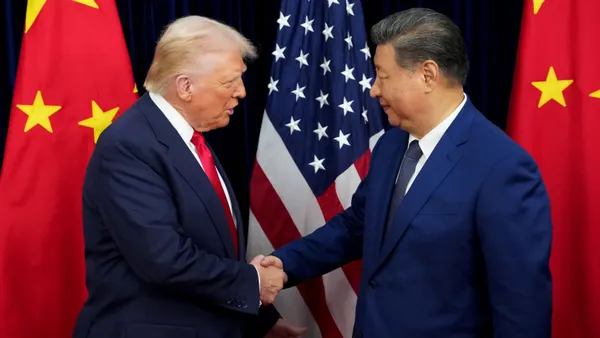Even the most upbeat economic projections for the second half of the year have ominous overtones.
Talk of recession is echoing throughout boardrooms, too.
Pressure to rein in budgets while adding IT assets puts CIOs in a particularly tough spot. Infrastructure costs are difficult to trim. “There’s large capital expenditure in IT,” said former New York University CIO Len Peters, faculty director of the school’s new CIO executive training program. “50% to 60% of your spend is on people. The rest is on things.”
Cultivating better communication among stakeholders and a more decisive culture around enterprise technology purchases are important steps CIOs can take to get the most out of capital expenditures, according to a Gartner survey of 1,120 IT leaders and managers involved in large-scale acquisitions over the last two years.
Most of the buyer groups in the Gartner study consisted of eight to 15 people, and two-thirds of those involved in the decision process were not in IT. Disagreement over key objectives and a tendency to vacillate, stall and face objections by occasional decision makers led to buyer remorse in 56% of the purchases studied.
As a result, high-regret buyers took up to ten months longer to make purchasing decisions than those with no regrets.
“Many organizations assume that we all understand how to make a good collaborative decision,” Gartner Distinguished VP Analyst Hank Barnes told CIO Dive in an email. “That is a bad assumption.”
To avoid the pitfalls of a cumbersome decision process, CIOs should proactively articulate IT goals and work toward forging a consensus on those goals, Barnes said.
Economic downturn raises the stakes for purchases, but it hasn’t dampened enthusiasm for tech upgrades. Demand for the proven efficiency gains and competitive advantages promised by AI, automation, cloud and data persists, as businesses turn to tech for operations optimization and CEOs prioritize modernization.
The challenges for CIOs are manifold. Efforts to recruit — and retain — tech talent are bumping up against a tight labor market, hiring freezes and, at some companies, layoffs.
The right talent is key to modernization success. Yet, companies increasingly lack tech personnel, according to Lance Phillips, VP of customer success at DevOps company CloudBees.
“What you have is this really interesting confluence in the industry where companies are trying to hold onto cash and technical people have been pulled out of the equation,” Phillips said. “Complex things are harder to get done.”
Stronger tech leadership leads to better decisions in personnel and purchasing, and tech leadership is the CIO’s job.
“You have to think of yourself as an executive leader,” said Christie Struckman, VP analyst at Gartner. “Your technology earns you a seat at the table, but what keeps you there is your impact on the enterprise.”
Communication is also key, Struckman said. “If you want to influence the operations lead to do something, that’s great: create your deck without a word of technology in it.”














